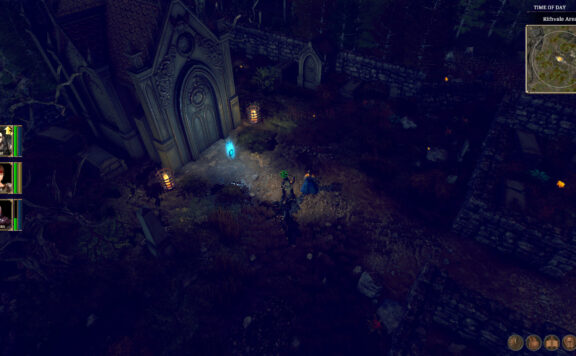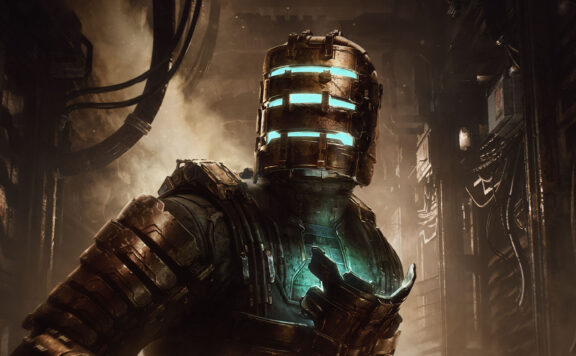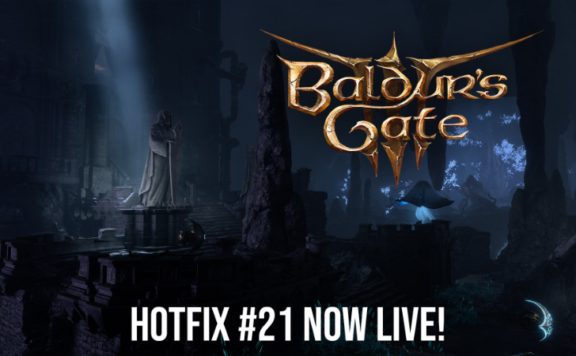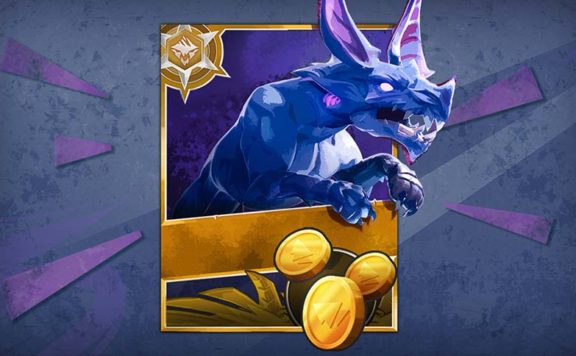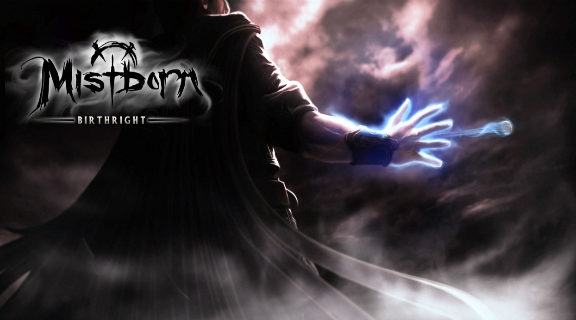SpellForce 3: Fallen God is the second standalone expansion for RTS/RPG mix SpellForce 3, with the first being Soul Harvest. Following the Purity Wars and their aftermath that shook the societies of Dark Elves and Dwarves, players can return to Eo to experience what it is like to be a Troll in the world of SpellForce.
And, straight from the beginning, it isn’t an easy thing. Trolls have it tough: the tribes are being hunted by Elves for their tusks, enslaved by Orcs and wiped out by a mysterious disease known only as “the Rot” – possibly related to or being the Bloodburn from the base game.
In addition to the above, your clan had just lost their legendary Chieftain, the protagonist’s father. Now it falls to you to guide dwindling numbers of the Moonkin clan to safety – if you can find it, that is.
Story
In SpellForce 3, you take control of Akrog, a young Troll burdened with the responsibility for his dwindling clan and younger brother. Akrog doesn’t possess the same legendary strength that set his father and his brother Noag apart from the rest of his clan. He’s also not the most knowledgeable or experienced troll around, being questioned and advised at every turn by his older clanmates and trusted-ones who do not yet see him as Chieftain.
However, Akrog has his own Gift from Mugwa, the trolls’ Goddess of the Moon. He can hear the voices of the spirits – or so he believes. Of course, through the campaign you will see that there is much more to his abilities.
When the Moonkin clan is uprooted and chased from their lands, Akrog and his trusted advisors are forced to accept a deal with a mysterious elven mage known only as The Stranger. The young Chieftain must resurrect a fallen god in a gamble that it might save and protect his clan.
Fallen God is truly a standalone. Unlike Soul Harvest, the roots of which were tightly intertwined with the story campaign of the base game, the second expansion is much more of a spin-off than a direct continuation.
The Trolls were never a part of the Purity Wars and the later conflict between the humans, Dark Elves and Dwarves. The story of Fallen God is much more personal and smaller scale than the epic of SF3 and the mystery of Soul Harvest.
The campaign does some very serious world-building, which can lead to long drowning dialogue sequences interrupting the usual gameplay. I’m a big fan of stories of non-evil monster races and have not minded this development one but I can see where other players might wish it was paced better.
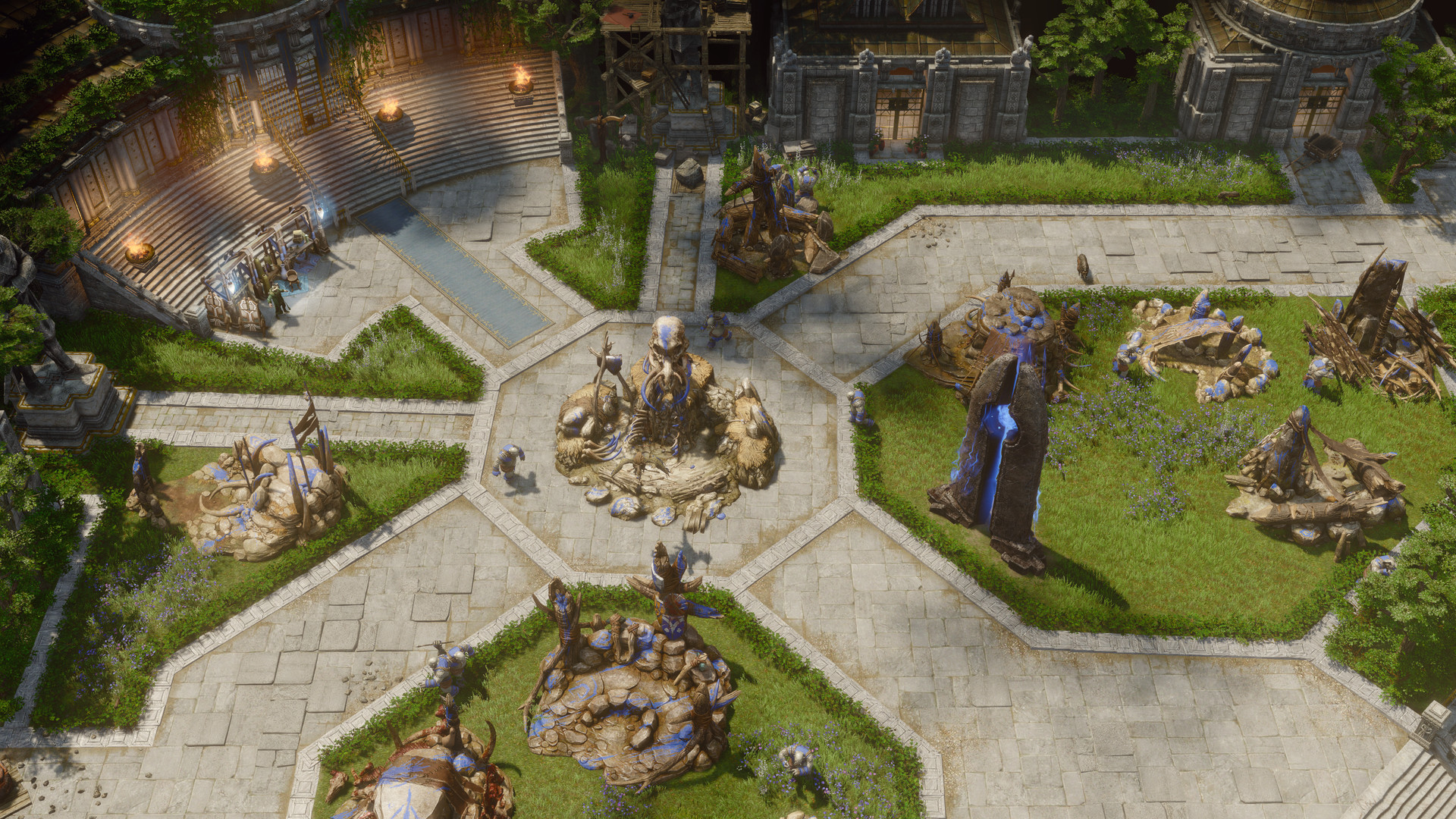
The RPG Part
Fallen God has taken a few steps forward in terms of the RPG elements. In addition to customizing your characters with a chosen specialization and attributes, you will get to learn abilities and perks very different from those of “brittlebone” races of Eo featured in the main game and the first expansion.
Akrog and his companions have their own specific abilities. For example, nimble Zazka can slip into burrows left by the local wildlife and emerge on the other side to wreak some havoc or explore. Moon-Blood Noag, Akrog’s younger brother, possesses unmatched strength and can slam down walls and doors to clear the path for his party – the cub, however, pays for it by being completely locked out of the Intellect stat.
In addition, your choices throughout the campaign will affect your companions’ skills and abilities. You can make Noag care more about the clan and be gentler which would lead him to unlock tanky abilities. Or you can inspire him to be self-centered and bloodthirsty and turn him into a frenzied fighter.
The ending of the campaign is also decided by Akrog’s decisions. Will you save your clan? Or will you lead it to ruin?
The loot system has changed to reflect the fantasy of being a big and bulky troll: much like in the base game and Soul Harvest, you will pick up a variety of weapons and armor. Except this time you can’t use any of it: the brittlebones’ weapons are all but toys to your clansmen and much the same can be said about the armor.
This time you would have to approach the Blacksmith at your encampment to salvage your findings for resources and then create new gear from them. It doesn’t feel good to pick up “purple” items and be unable to do anything with them even if it makes sense in terms of roleplaying fantasy.

The RTS Part
With their nomadic behavior, Trolls have a different playstyle than all other factions in SpellForce 3.
The clan uses a new special resource: Scrap. After constructing the corresponding building, you will be able to hire Scrappers. If there are any piles of scrap around, you can send those units to harvest them for some quick resource boost.
If you’re stuck somewhere with no scrap piles, which would happen frequently, the Scrappers would start generating the resource at a slower pace but steadily by being left to their own devices.
The way to create your army also differs from the races of SF3 and SF3:SH: trolls produce the basic melee unit, Smasher, that can then be sent to a Hitting Camp or a Throwing Camp for upgrades. You can upgrade your unit multiple times to make them a different type of fighter.
The trolls’ bulk works to the detriment of the RTS part of the game: with the exceptions of (infrequent) open fields maps, your units can and most likely will stumble in each other’s way, bottle-necking a large part of your army and/or preventing your melee units from reaching the enemy.
The same thing happens even when you control just your 4 heroes (although Noag can really be counted as two or at least one and a half): in order to trigger a dialogue or interact with an item, the entire party needs to be positioned around it. Which is quite tricky considering the size of them!
All in all, Grimlore Games managed to create another wonderfully different race both in the RPG and in the RTS parts of the game. However, to me it felt like Fallen God was much more RPG-oriented and often underutilized the RTS elements of the game. Quite frequently it felt that the RTS part was added as an afterthought.
Summary
SpellForce 3: Fallen God provides players with more SF3 goodness. The expansion loses to Soul Harvest in sheer numbers: SH featured two races to FG’s one, more specializations, abilities, etc. However, everything that is provided by Fallen God is much more unique. The story, told from an unusual perspective, shows you a gripping tale of a dwindling tribe trying to survive as opposed to previous instances of Saving The World.
Sharp tusks and thick hide!
Note: the Steam key for the expansion was provided for free.



